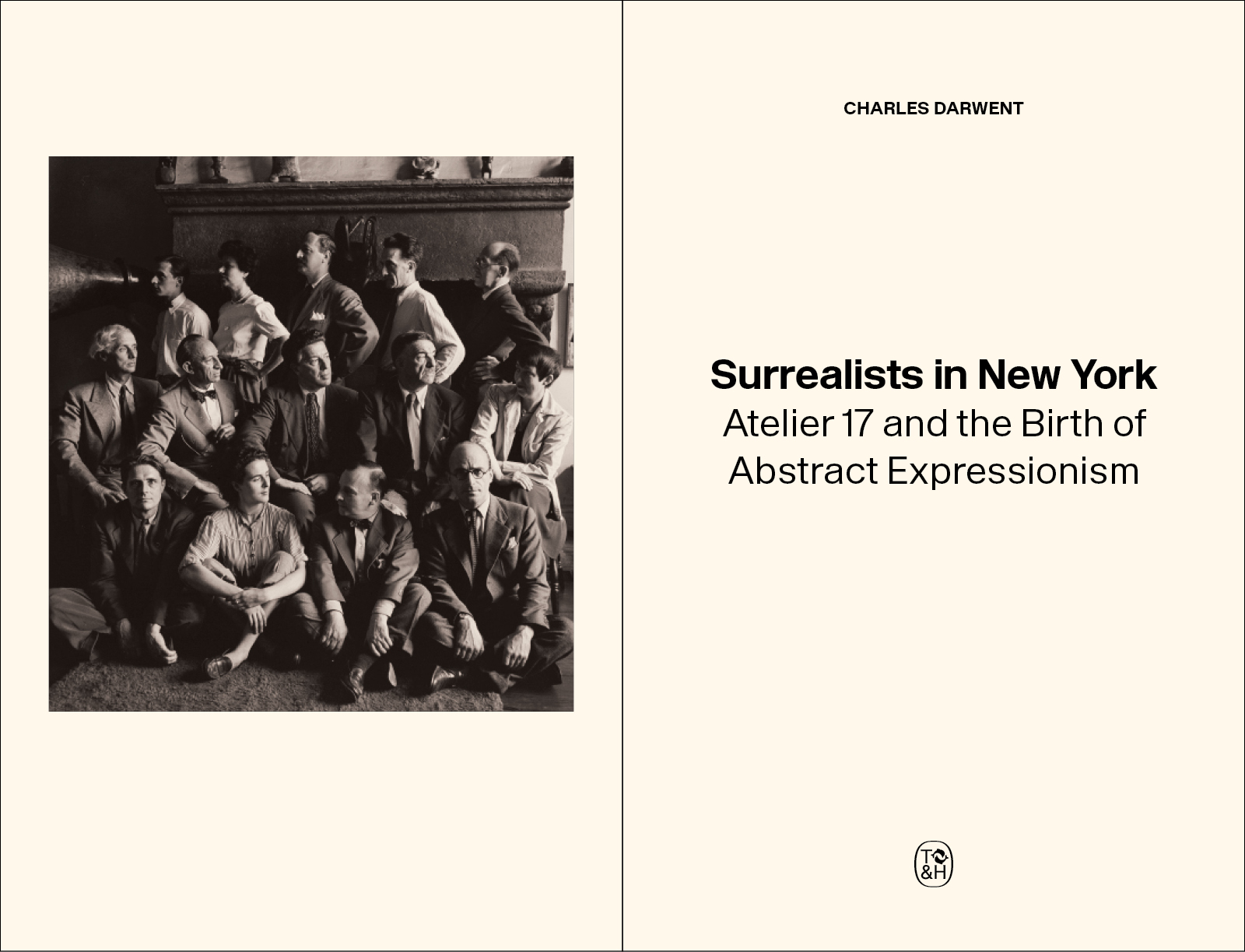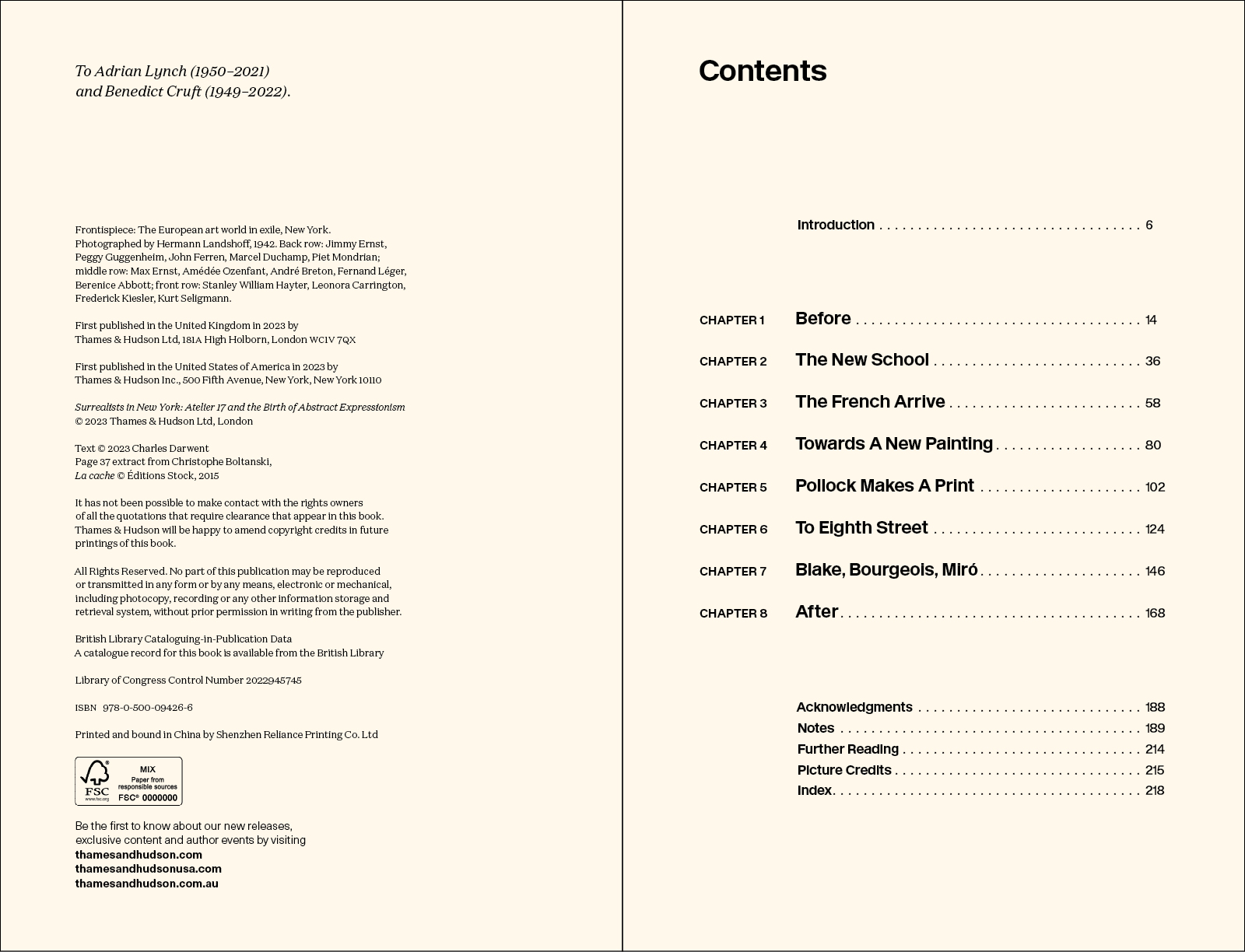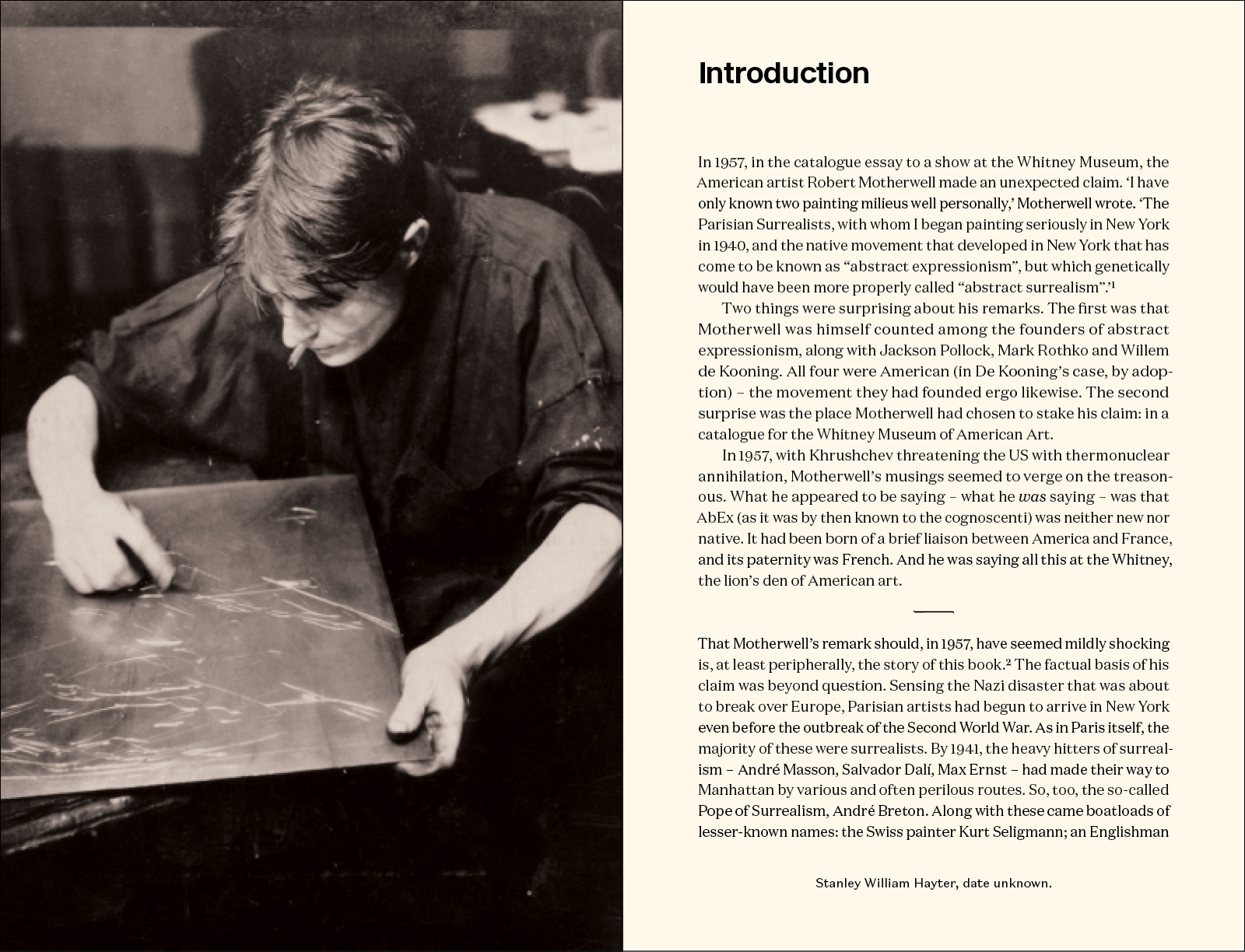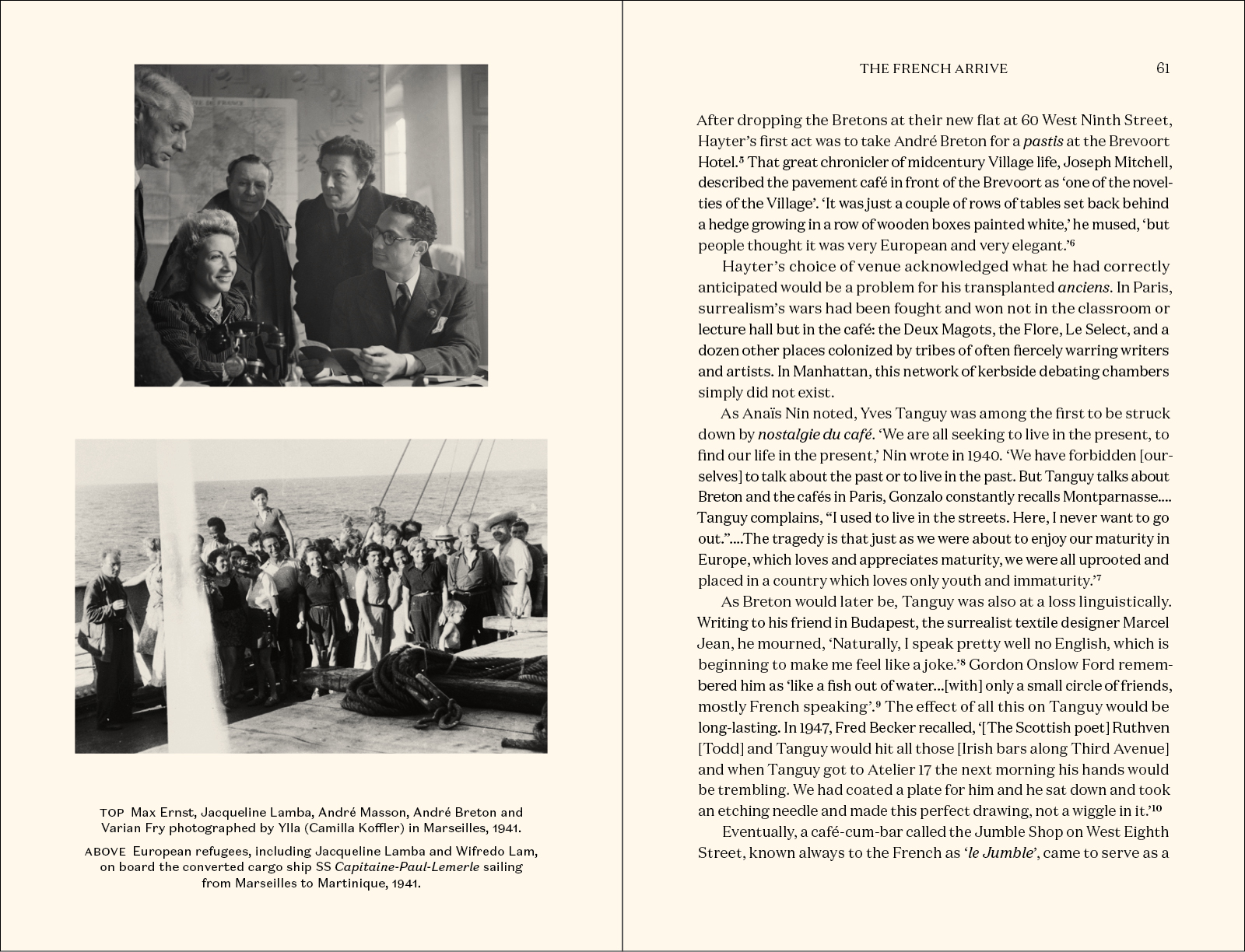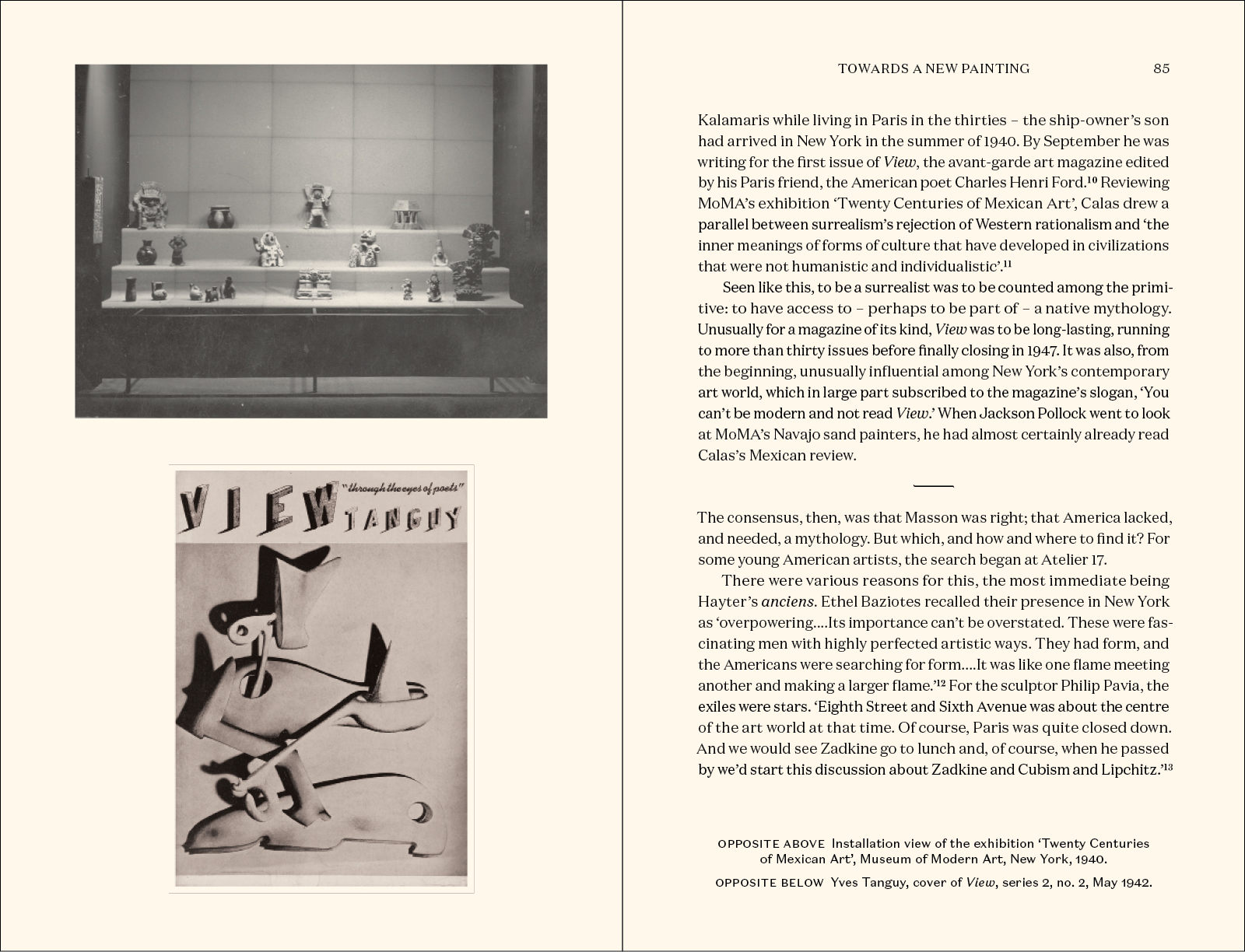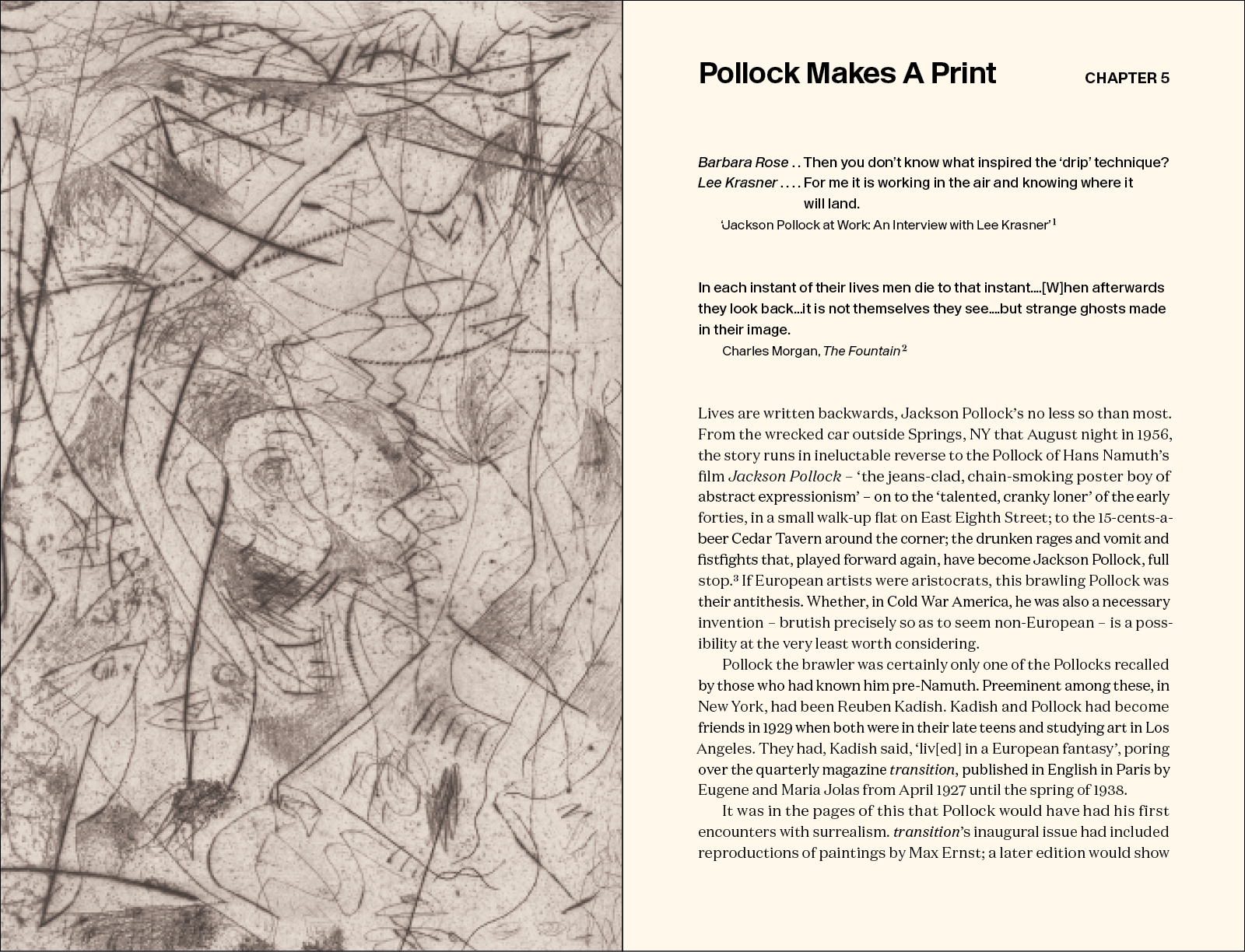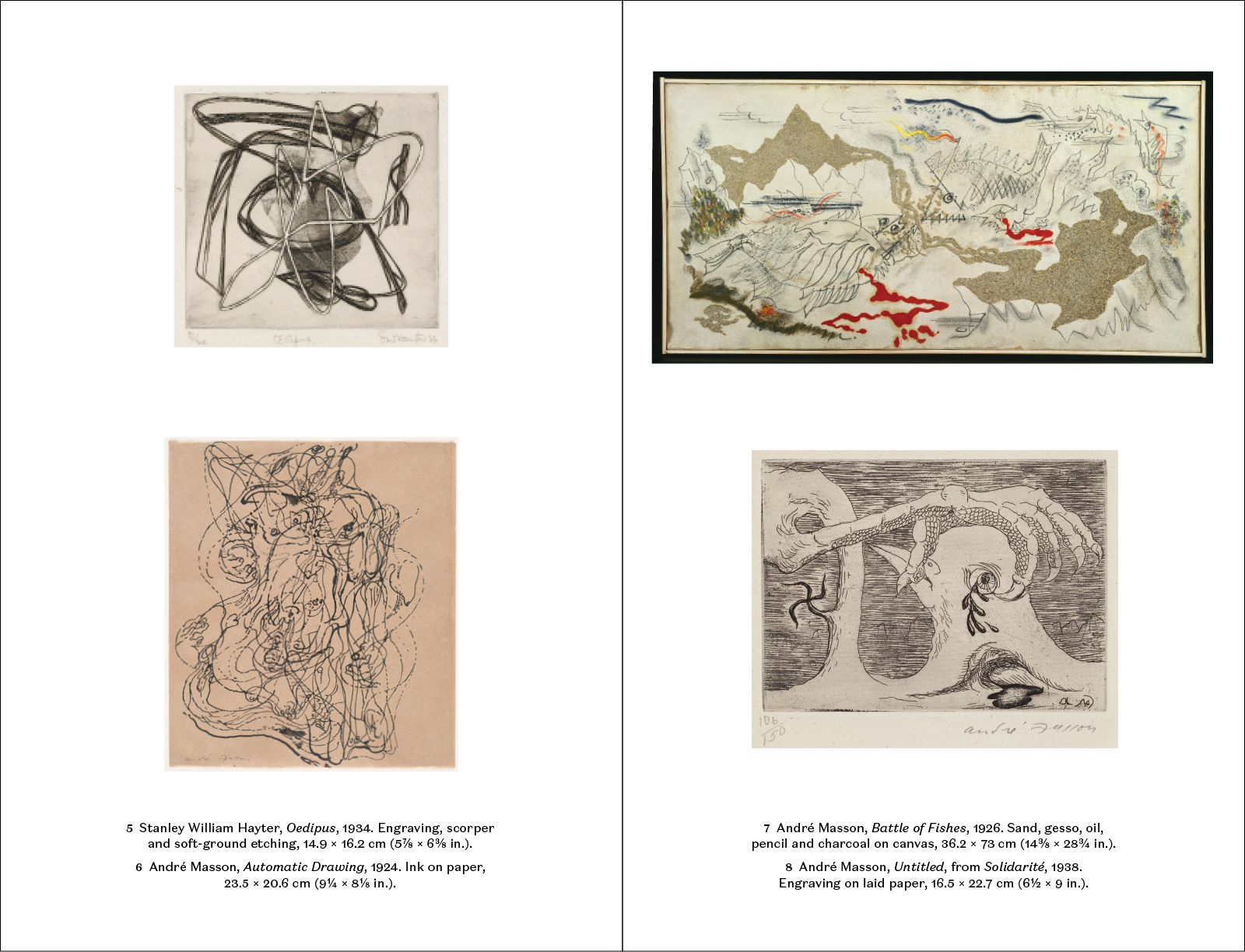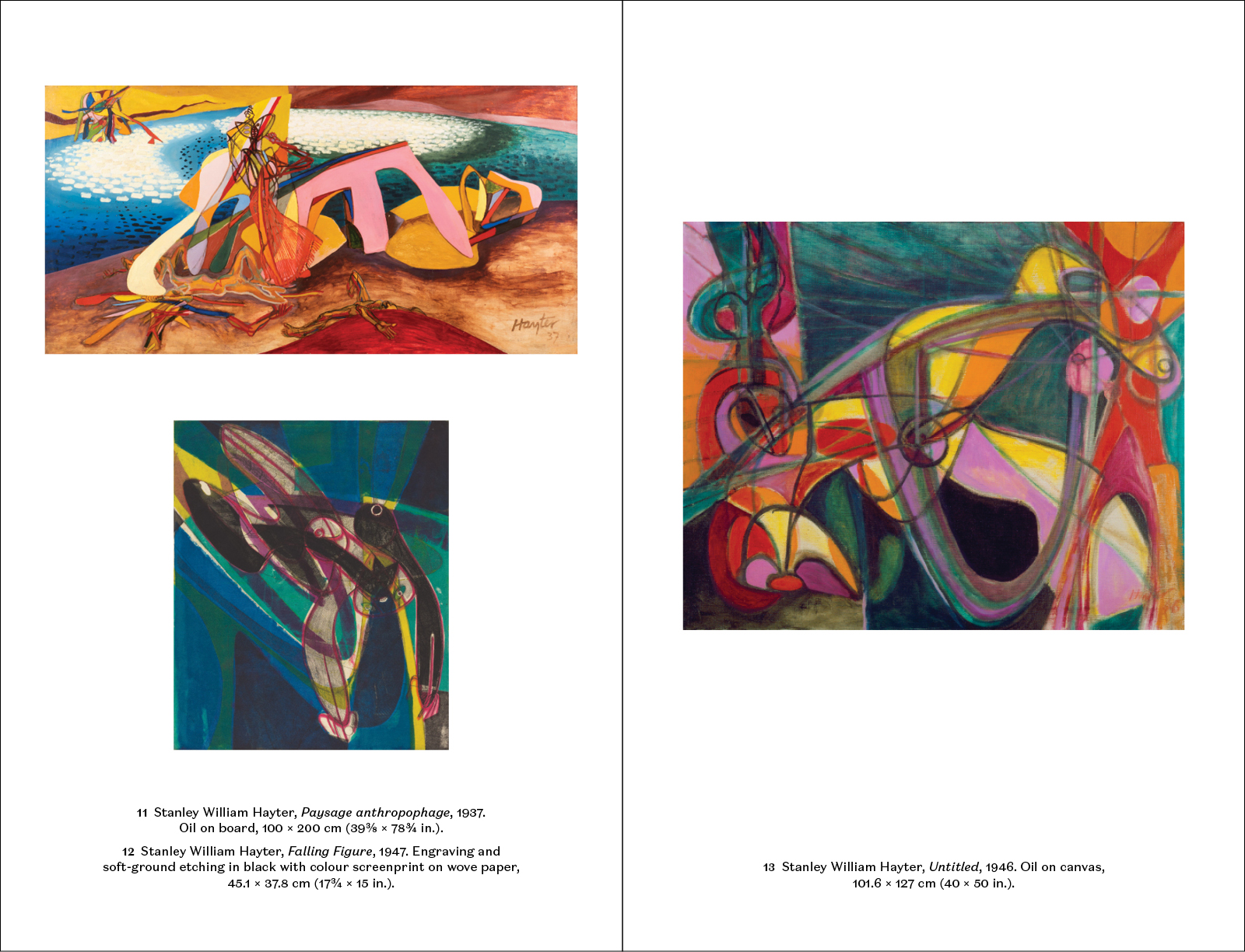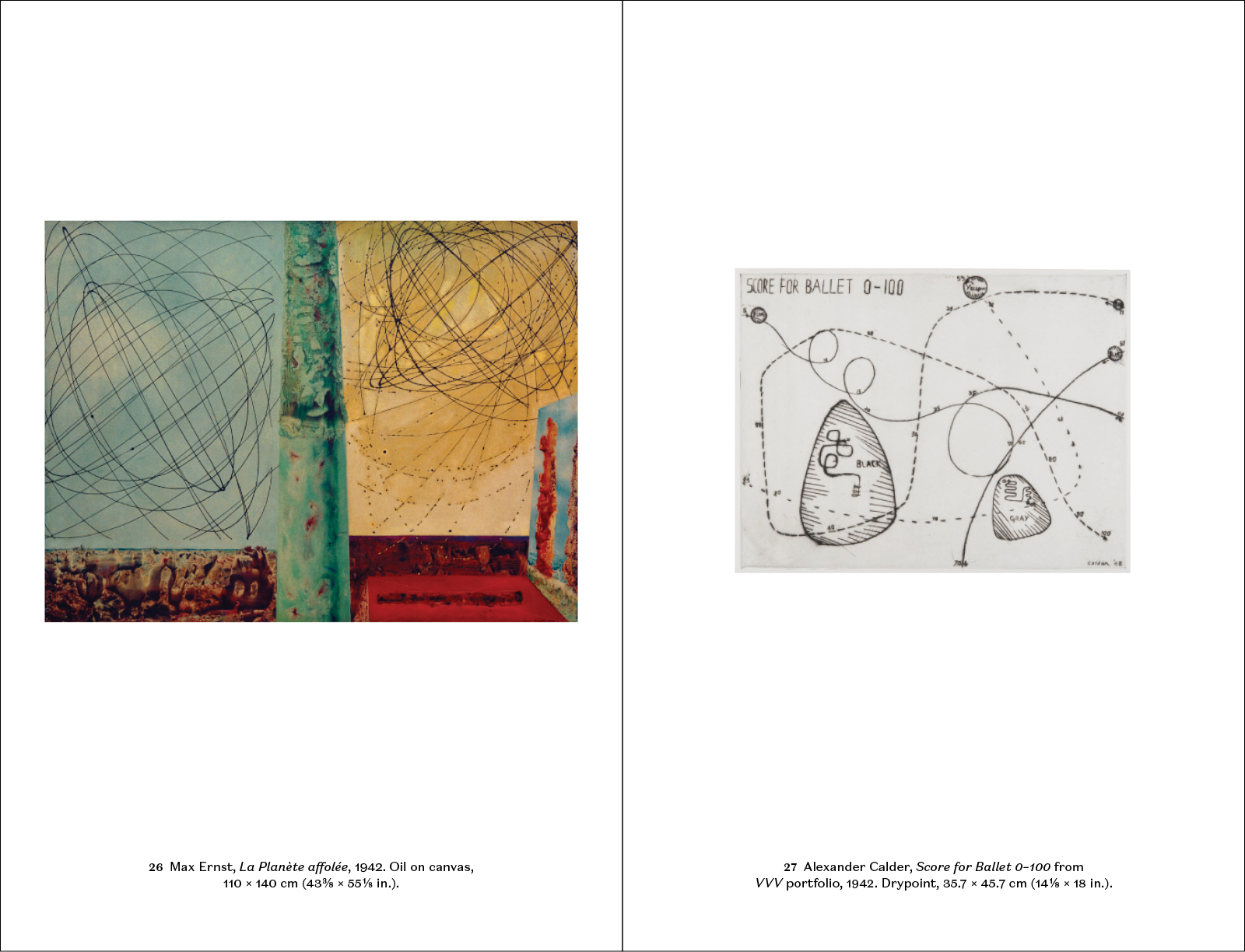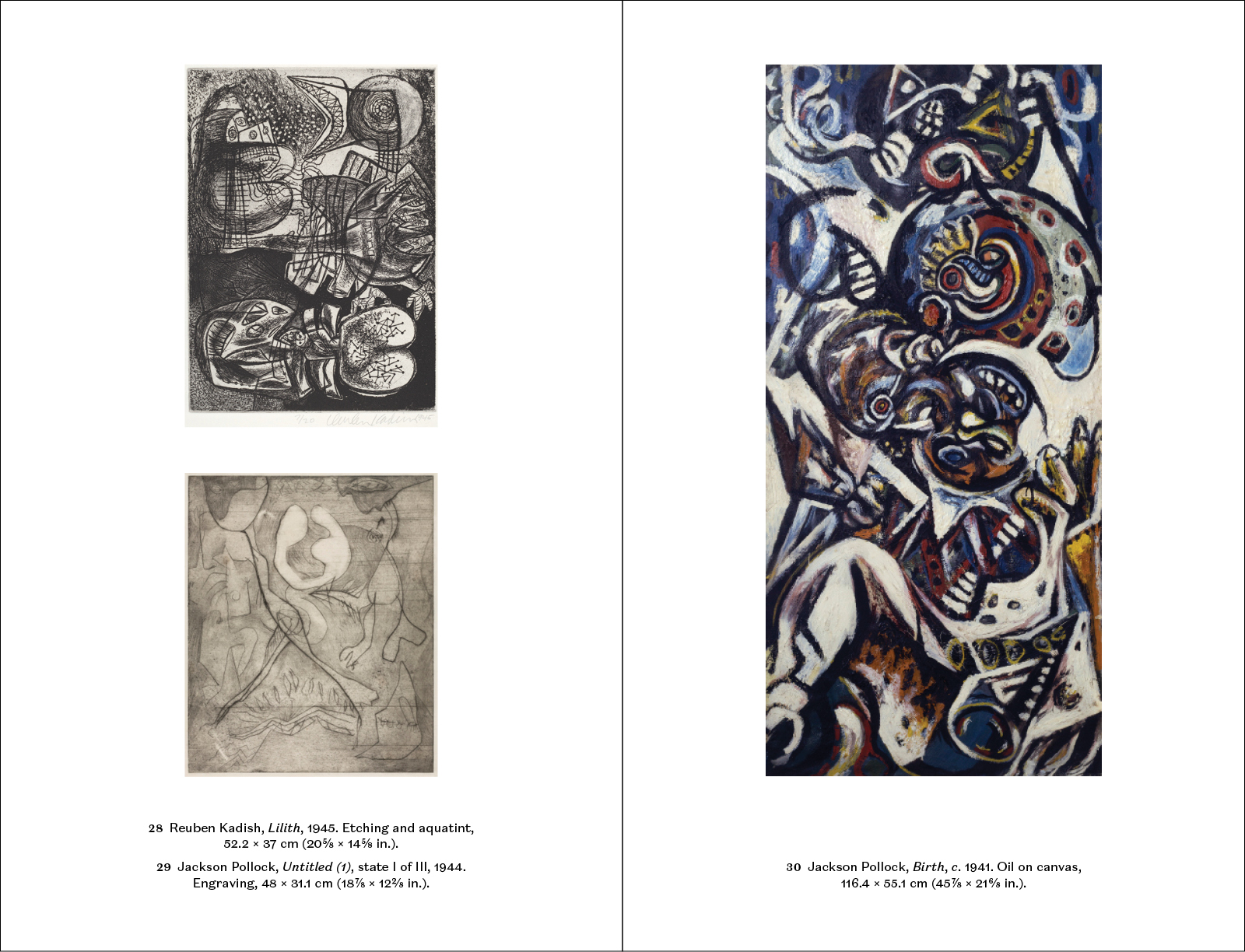In 1957 the American artist Robert Motherwell made an unexpected claim: “I have only known two painting milieus well … the Parisian Surrealists, with whom I began painting seriously in New York in 1940, and the native movement that has come to be known as 'abstract expressionism,' but which genetically would have been more properly called 'abstract surrealism.'”
Motherwell’s bold assertion, that abstract expressionism was neither new nor local, but born of a brief liaison between America and France, verged on the controversial. Surrealists in New York tells the story of this “liaison” and the European exiles who bought Surrealism with them—an artistic exchange between the Old World and the New—centering on taciturn printmaker Stanley William Hayter and the legendary Atelier 17 print studio he founded. Here artists’ experiments literally pushed the boundaries of modern art. It was in Hayter’s studio that Jackson Pollock found the balance of freedom and control that would culminate in his distinctive drip paintings.
The impact of Max Ernst, André Masson, Louise Bourgeois and other noted émigrés on the work of Motherwell, Pollock, Mark Rothko, and the American avant-garde has for too long been quietly written out of art history. Drawing on first-hand documents, interviews, and archive materials, Charles Darwent brings to life the events and personalities from this crucial encounter, revealing a fascinating new perspective on the history of the art of the twentieth century.
Contributors
Charles Darwent
Author
Charles Darwent is a writer and regular contributor to The Guardian, the Art Newspaper, Apollo, and the Times Literary Supplement and was the Independent on Sunday's chief art critic from 1999 to 2013. His biography Josef Albers: Life and Work was described by Tate Modern director Frances Morris as “lively, lucid, compelling and revealing.


